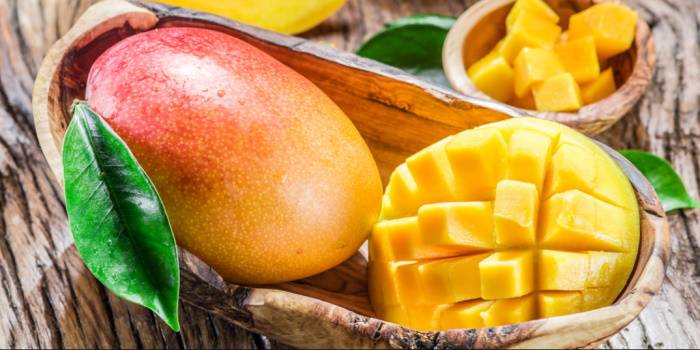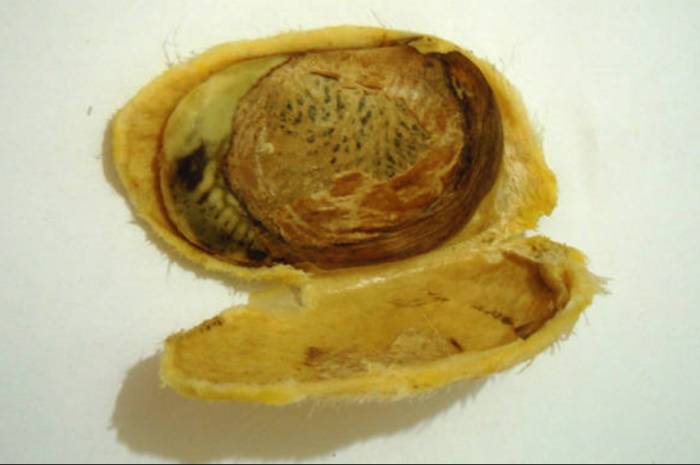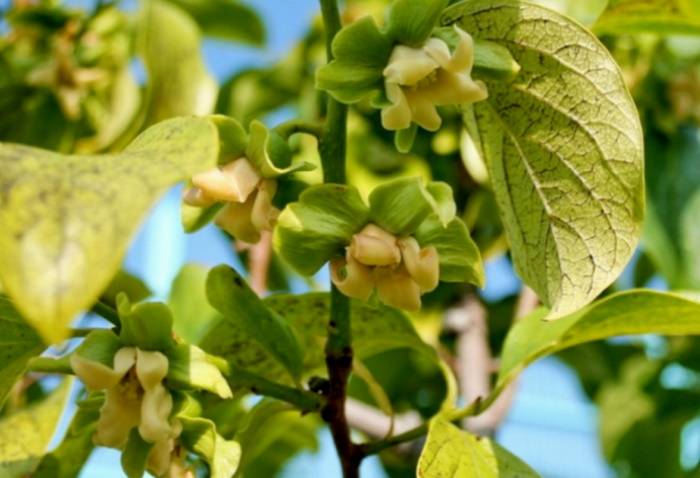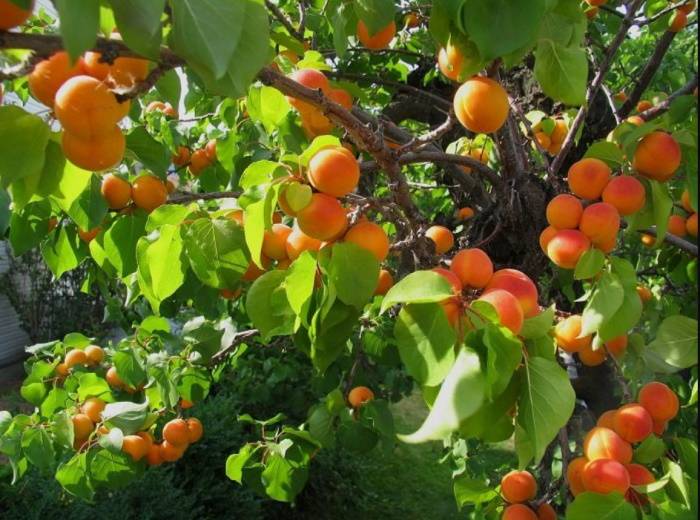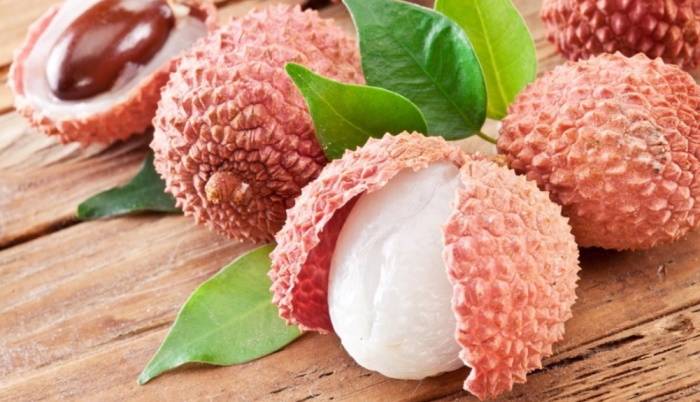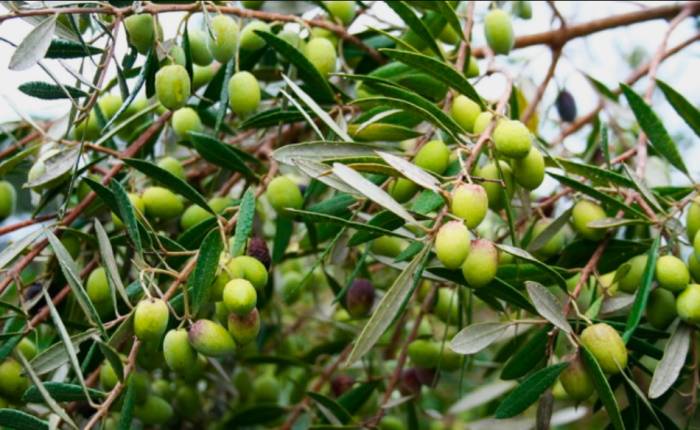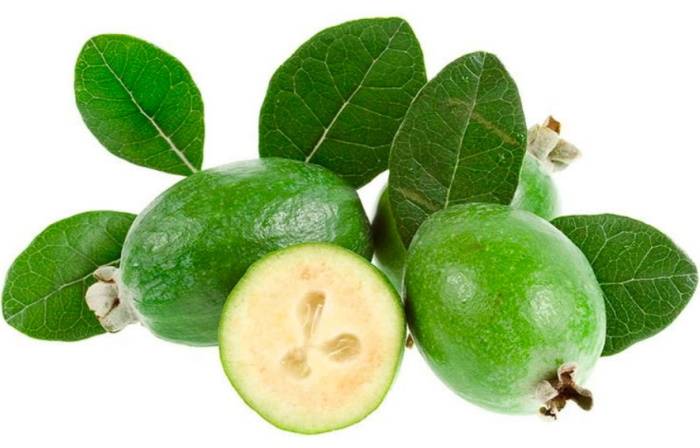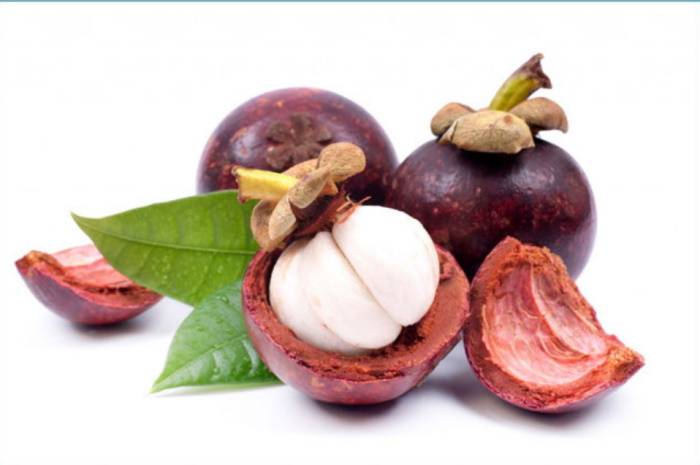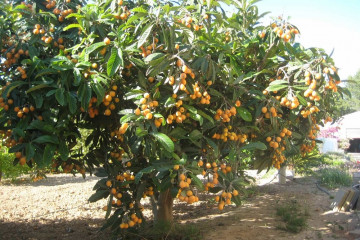How to grow mango from seed at home
Content:
Mango belongs to the Sumakhov (Anakardiev) family. The main supplier of this tropical fruit is the Republic of India. It accounts for almost 14 million tons of mango per year, 70% of all agricultural areas are occupied by this crop. It is followed by China (4 thousand tons), Thailand (2.5 thousand tons), Indonesia (2 thousand tons). The nutritional value of this fruit is simply invaluable. It is a storehouse of vitamins and microelements: calcium, potassium, iron, zinc, magnesium, phosphorus, the whole group of B vitamins, high content of vitamin C, amino acids, carotenoids.
Growing mango from seed at home
Burma is considered the birthplace of mango. The country is proud of this fruit tree, considering it the embodiment of the god Prajayapati himself, sacred, the king of all fruits, a guarantee of prosperity. There are over three hundred species of the mango plant. Breeders are keen to make this tropical plant able to survive in the colder continents of the globe.
In the tropics at home, the tree reaches a height of 45 meters, has a lush spherical crown with dark green leaves, young leaves are yellow-pink. Mango blooms give off a lily-like scent. The fruit itself has an elongated oval shape with a smooth yellow or yellow-pink skin. You can check the ripeness by pressing your finger on the fruit. The ripe pulp forms a dent, which is then repaired. The weight of one fruit reaches two kilograms.
The climate of Russia is very different from the tropics. The breeders were faced with the question of how it is possible to grow mangoes from the seed at home. It is preferable, of course, to buy a ready-made seedling. If this is not possible, you can grow a mango from a seed in the room. For this:
- Take a ripe fruit, take out a bone;
- Remove the remnants of the pulp under running water;
- The bone is carefully opened;
- Take out a flat seed, soak a little in water with the addition of a growth stimulant and an antifungal agent;
- The processed seed should be put in a jar of water, put in a warm place for 10-12 days, make sure that the water does not turn sour.
To plant a seed in a pot, take a special soil mixture with neutral acidity. The bottom of the pot is covered with expanded clay or fine gravel, this will relieve the soil from excessive moisture, and the root from decay. Then, the prepared soil mixture is poured up to half of the pot, the seed with the sprouting sprout is laid horizontally, another layer of earth is poured on top, watered.
A pot with a plant is installed in a well-lit place, covered with a film, making sure that direct sunlight does not fall on it, watching the moisture of the soil, preventing it from drying out. After 2-3 weeks, sprouts should appear, the film should be removed.
Wood loves moisture and warmth.Therefore, he is given a well-lit place, the soil and leaves are moistened, and additional lighting is installed in winter. In a private house, it can be planted in the garden for the summer, and brought back into the house for the winter. Upon reaching a meter height, pinch the top so that there is no further growth upward.
A tree grown from seed will look beautiful but will not bear fruit. For fruiting, it is necessary to be grafted from a fruiting tree. This is done as follows:
- A T-shaped incision is made on the branch.
- A cut stalk from a fruiting plant is inserted into the incision.
- The bark of the incision is folded around a branch with a bud and wrapped with cotton cloth, which is removed as soon as the graft has taken root.
The first fruits should appear two years after vaccination. The plant needs to be watered and fed with fertilizers in a timely manner.
Growing passionfruit at home
Passion fruit is another tropical plant suitable for indoor cultivation. For cultivation, it is recommended to purchase ready-made passionfruit seeds (the second name for passionflower) in the store or extract from ripe fruits.
Seeds should be rinsed with water to remove residual pulp, which will inhibit seed germination. To plant seeds in the ground, it is necessary to prepare the soil, which should consist of garden soil, leafy soil, sand and peat in equal proportions. Or purchase a ready-made mixture in the store.
The bottom of a small pot is covered with a thin layer of expanded clay, then a layer of soil is poured, well moistened, 2 seeds are placed in a pot, sprinkled with a layer of earth and watered again. Until the first shoots appear, the pots are covered with glass or foil, placed for germination in a bright, draft-protected place, watered.
After 20-30 days, when seedlings appear, the film is removed, 3-4 true leaves are waiting for the appearance and transplanted into larger pots. As the passion fruit grows, it will need to be transplanted into large pots several more times.
Passion flower care includes the following:
- beautiful large flowers are manually pollinated with a cotton swab or brush;
- water as the soil dries up;
- long, flexible shoots are tied to trellises;
- are fed with fertilizers intended for this type of plant.
Growing persimmons from seeds at home
The well-known and beloved persimmon is often called the date plum. This tropical fruit can be grown in a room on a windowsill. For growing in an apartment, the Khachia or Jiro varieties are more suitable.
Only ripe persimmons are suitable for growing berries from the seed. The stone is removed, cleaned of fibers, dipped for a couple of days in a weak solution of potassium permanganate, treated with a growth stimulant and planted in a pot with a soil mixture intended for this type of berry, not forgetting to pour a drainage layer on its bottom.
From above the seeds are sprinkled with soil by 1.5-2 centimeters, watered. Sprouts should appear in two weeks. A grown tree must be grafted from a fruiting tree.
How to grow kiwi at home
Kiwi is also called Chinese gooseberry for its taste, which combines several flavors at once that resemble melon, strawberry, apple, banana, pineapple, gooseberry. It is grown not only in China and countries with a subtropical climate, but also in the countries of the former Soviet Union: in the Carpathians in Ukraine, in the south of Russia.
You can grow kiwi in an apartment.The step-by-step process involves:
- The ripe, undamaged fruit is cut.
- Remove the pulp with seeds, rub thoroughly with your hands.
- They are lowered into water and waiting for the seeds to emerge.
- The floating seeds are washed from the pulp.
- Spread out to dry on cloth or paper.
- Several layers of fabric are spread on a plate, seeds are poured, covered again with a cloth, moistened and left to germinate. remembering to keep the fabric damp at all times.
After a week, the seeds should hatch. By this time, it is necessary to prepare the soil for planting seeds. The best soil is a mixture of peat, earth, sand, organic matter, and baking powder in equal proportions. Drainage from expanded clay is poured onto the bottom of the pot, then a soil mixture, sprouted grains are spread, 2-3 pieces in each pot, sprinkled with earth and covered with a film until shoots appear. After 3-4 years, you can wait for the harvest.
Papaya can be germinated in the same way.
Pitted apricot at home
Now it's not a problem to buy a ready-made apricot seedling. But breeders agree that a tree grown from a stone adapts better to the area where it will grow. Trees grown from the seed adapt more easily to the local climate, soil, and have larger and tastier fruits. There are many hybrids adapted to the harsh climate of Siberia.
Growing a sun-loving fruit plant in a harsh climate is problematic. The best varieties for northern latitudes are Snegirek, Northern Triumph, Medovy. Before planting in the ground, the seed must be germinated. Step by step scheme:
- Take a slightly overripe fruit, separate the bone from the pulp.
- Soak the bone in water until roots appear.
- Plant the nucleolus with roots in a small pot of soil, cover with foil or glass.
- When shoots with several leaves appear, future trees are hardened. They are taken out in the daytime for several hours to fresh air.
- Then, with the onset of heat, they are transplanted into the prepared open ground.
Peach is grown in the same way.
How to grow lychee seeds at home
Those wishing to have an exotic at home should remember how lychee grows in natural conditions in their homeland in Thailand, where the average annual temperature is not less than +19 degrees. Lychee tastes like a mixture of grapes and strawberries. The juicy, tasty fruit has an oblong brown bone, with which, if you try, you can get a plant with tasty fruits.
The extracted seeds are placed in a napkin and kept moist for several days until the sprouts hatch. You can buy soil from the store and add 1 part peat to 2 parts soil. First, the sprouted bones are planted to a depth of 1.5 centimeters in a small pot with a drainage system, covered with foil until sprouts appear. When the first shoots appear, the film is removed. If there are real leaves (5-7 pcs.), They are transplanted into a more spacious pot.
The lychee pot should be installed in a place protected from direct sunlight and drafts, but with good lighting for at least 12 hours a day. With a lack of sunlight, additional artificial lighting is installed.
Lychee loves moist air, so its leaves must be sprayed, make sure that the soil does not dry out. Every year, fertilizing is carried out with mineral fertilizers, the first feeding is applied three months after planting.
Olive tree at home
Growing an olive tree in an apartment is problematic, especially for novice gardeners. It is difficult to care for it, it is very demanding on the bright rays of the sun, which should shine from morning to late evening. Water the plant sparingly as the soil dries out. Excessive moisture causes fungal diseases. An ideal place for an olive tree is a glazed balcony on the south side of the building, provided that the temperature there does not drop below +5 degrees.
It is better to propagate an olive tree by cuttings, then it can give a harvest in the third year. When grown from seed, the olive begins to bear fruit only 9-13 years after planting. As it grows, the tree needs constant replanting into a larger pot.
How to grow feijoa at home
Feihua seeds are planted in prepared soil in early spring. Watering is carried out through the pallet. The plant requires systematic organic feeding every two weeks. It can be diluted 1:15 poultry droppings or 1:10 diluted mullein. Until the age of three, a transplant is required every year, an adult plant is transplanted every 5 years.
How to grow mangosteen from seed
The homeland of mangosteen (Thai name - Mangkhud) is Southeast Asia. Growing it at home is almost impossible. It will take a lot of effort and skill, but you can try. It is impossible to grow it from a bone, for this you need a freshly plucked fruit. It is better to purchase ready-made seeds.
Further, the process is the same as for other tropical plants. Only the seedlings will have to wait much longer, they can appear only after 2 months.
If you have patience, show due perseverance, then any fruit can be grown from the seed.
